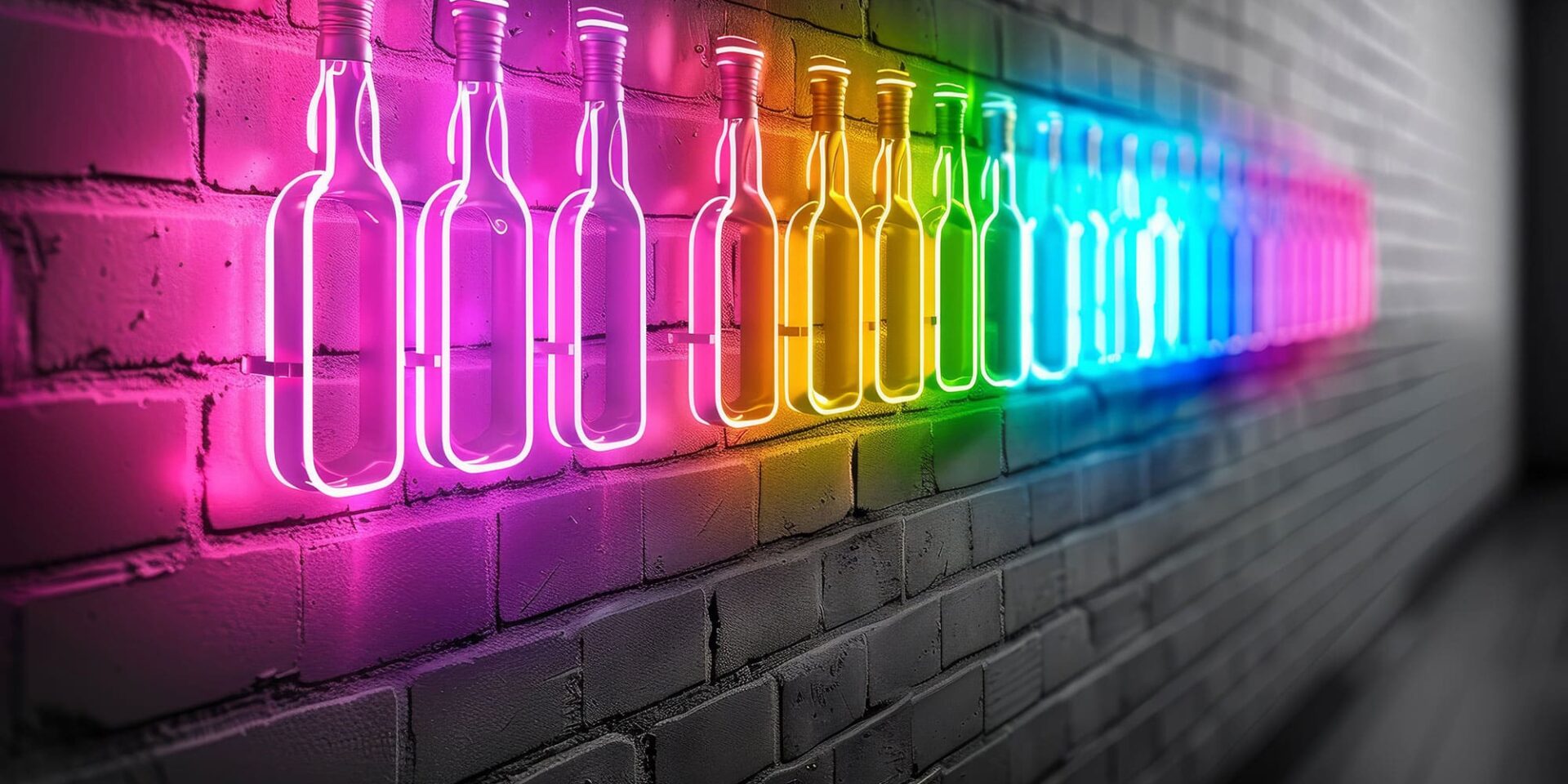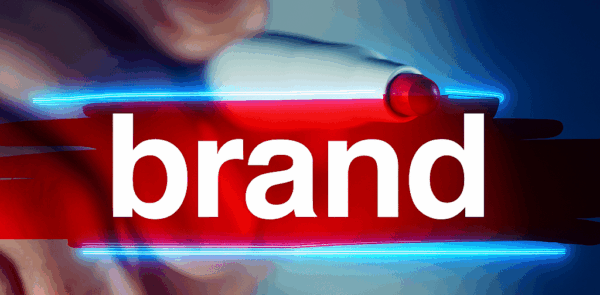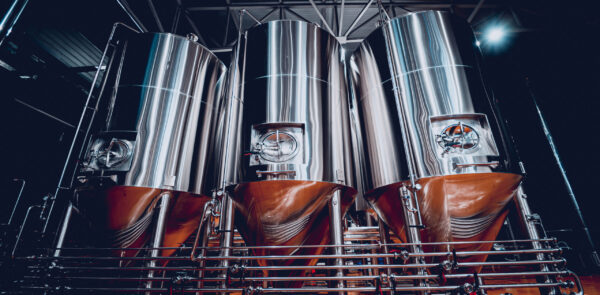
Table of Contents
Digital marketing for wine and beer brands involves leveraging online channels to showcase your products, build community, and drive sales in a regulated industry where storytelling and authenticity reign supreme. We approach it as a blend of creative content, targeted advertising, and data-driven tactics that highlight the unique flavors, heritage, and experiences of your brews or vintages. This guide provides a comprehensive strategy to expand market reach, focusing on affordable, impactful methods that align with consumer trends like sustainability and personalization, helping brands navigate challenges like advertising restrictions while capitalizing on opportunities in a market expected to grow by 5-7% annually through rising demand for premium and low-alcohol options.
In 2025, as consumers increasingly seek eco-friendly and experiential beverages, digital marketing has become pivotal for wine and beer brands. Statistics from industry reports indicate that brands using targeted online strategies see 25-35% higher engagement rates, outpacing traditional methods like print ads. We begin by assessing your current digital presence, identifying strengths such as a visually appealing website and areas for improvement like inconsistent social posting. For a craft beer brand, this might mean emphasizing user-generated content around sustainable brewing to appeal to environmentally conscious millennials and Gen Z, who drive 40% of market growth.
To provide more in-depth insight, let’s examine the expansion opportunities. The wine and beer market is shifting toward direct-to-consumer (DTC) models, with ecommerce sales projected to rise 20% due to virtual tastings and AR experiences. Digital marketing taps into this by reaching consumers at home through SEO and social, where 70% research beverages online before purchase. We integrate data from analytics to pinpoint high-intent keywords like “sustainable wine brands” or “low-alcohol beer options.” Generative AI tools like ChatGPT can analyze search trends, generating reports on consumer preferences for organic varieties, which we use to refine your approach and highlight untapped niches like health-focused brews.
Furthermore, the strategy encompasses ethical considerations, such as age-gating for ads and transparent sourcing claims to comply with regulations and build trust, leading to 30% higher repeat purchases. We emphasize multichannel efforts, combining content for awareness with email for nurturing, which can double lead quality. Challenges like ad restrictions for alcohol are addressed through organic growth tactics. This overview sets the foundation for a digital marketing strategy that expands your wine or beer brand’s market reach effectively.
| Metric | Value | Insight |
|---|---|---|
| Market Growth | 5-7% annual | Premium and low-alcohol demand |
| Engagement Increase | 25-35% | From targeted strategies |
| DTC Sales Rise | 20% | Virtual experiences |
| Online Research | 70% | Before purchase |
| Repeat Purchases | 30% higher | From trust-building |
Strategy Foundation Building:
- Presence Assessment: Evaluate website and social.
- AI Trend Analysis: Generate consumer reports.
- Multichannel Planning: Combine SEO and email.
With these opportunities in view, you’re ready to adopt a digital marketing strategy that expands your wine or beer brand’s market reach effectively.
Identifying and Targeting Your Ideal Wine and Beer Audience
Identifying your ideal audience for wine and beer brands involves segmenting consumers based on demographics, preferences, and behaviors to create targeted campaigns that resonate and convert. We gather data from website analytics, social insights, and sales history to build profiles, such as “eco-conscious millennials seeking sustainable wines” or “craft beer enthusiasts aged 25-40 interested in low-alcohol options.” In 2025, with health trends rising, brands targeting wellness-focused groups see 35% higher engagement, as they address demands for organic or non-alcoholic varieties.
Once identified, targeting uses lookalike audiences on platforms like Facebook, expanding reach to similar users and increasing conversion rates by 25%. We craft personas like “Weekend Explorer Alex,” who enjoys adventure beers, guiding content that emphasizes experiential pairings. Generative AI tools like Grok can analyze search queries for “best organic wines,” suggesting demographic refinements that we incorporate to sharpen focus.
To go further, local SEO targets geographically for events like wine tastings, drawing 45% more regional traffic. We use email segmentation to send tailored newsletters, such as varietal recommendations for red wine lovers versus IPA tips for beer fans, boosting open rates by 20%. Social media ads target interests like “wine tasting events” or “craft breweries,” with retargeting recovering 15% of abandoned cart visitors.
Surveys and feedback loops refine targeting, revealing shifts like increased interest in zero-proof options, allowing adjustments that improve retention by 18%. We monitor campaign performance, reallocating budgets to high-performing segments for 30% better ROI. This audience-focused approach ensures your digital marketing attracts and retains the right consumers for market expansion.
| Targeting Method | Engagement Increase | Conversion Rate Boost |
|---|---|---|
| Wellness-Focused | 35% | Trend alignment |
| Lookalike Audiences | N/A | 25% |
| Local SEO | 45% traffic | Geographic focus |
| Email Segmentation | 20% opens | Tailored content |
Audience Identification Techniques:
- Data Gathering: From analytics and sales.
- AI Query Analysis: Refine demographics.
- Feedback Loops: Adjust from surveys.
Precise audience targeting lays the groundwork for effective digital marketing that expands your wine or beer brand’s reach.
Content Marketing Strategies Tailored for Wine and Beer Brands
Content marketing for wine and beer brands focuses on storytelling and educational material that highlights flavors, origins, and pairings to engage enthusiasts and attract new customers. We develop a calendar around seasonal themes, like “summer rosé pairings” or “winter craft beer guides,” posting consistently to build anticipation and drive 30% more website traffic. In 2025, content emphasizing sustainability, such as “eco-friendly brewing processes,” has surged in popularity, with brands using it seeing 25% higher consultation requests for tastings or purchases.
Blog posts on topics like “the art of wine aging” educate without selling, positioning your brand as an expert and improving SEO rankings by 20%. We incorporate consumer stories or virtual tours of vineyards/breweries to add authenticity, boosting shares by 35%. Generative AI tools like ChatGPT generate draft outlines for posts based on trending topics, which we customize with your brand’s heritage for relevance.
To go further, video series on “behind-the-bottle” stories engage visually, with YouTube embeds increasing time on site by 40%. We optimize all content with keywords, using AI like Grok for trend suggestions to keep fresh. Lead magnets like e-books on “home wine tasting kits” capture emails, nurturing with sequences that convert 15%.
Social media content mixes promotional with experiential, like recipes using your beers, maintaining a 70/30 ratio to sustain engagement. We track performance to refine, focusing on high-traffic formats for 20% better results. This tailored content strategy nurtures leads and fosters brand love, driving market expansion for wine and beer brands.
| Content Type | Traffic Increase | Engagement Boost |
|---|---|---|
| Sustainability Posts | 30% | Trend resonance |
| Video Series | 40% time | Visual storytelling |
| Lead Magnets | 15% | Email capture |
Content Creation Guidelines:
- Calendar Planning: Align with seasons.
- AI Drafting: For outlines.
- Format Mix: Include videos and e-books.
Effective content marketing engages wine and beer enthusiasts, expanding your brand’s market reach digitally.
Social Media Tactics to Build Community and Attract Customers
Social media tactics for wine and beer brands center on building a vibrant online community that shares tasting notes, recipes, and experiences, attracting customers through interactive content. We use platforms like Instagram for visual posts of pours and pairings, posting 3-5 times weekly to maintain presence and increase followers by 25%. In 2025, TikTok challenges like “mix your own cocktail with our beer” have driven 40% more engagement, fostering user-generated content that spreads organically.
Facebook groups create exclusive spaces for enthusiasts to discuss varietals or brews, boosting loyalty by 30% as members feel part of a club. We moderate these to encourage positive discussions, using polls for feedback on new releases, improving satisfaction by 20%. LinkedIn targets professionals for corporate gifting or events, with posts on “wine for business networking” attracting B2B customers and increasing inquiries by 15%.
To provide depth, AR filters on Instagram let users “try” wine labels or beer cans virtually, fun interactions that boost shares by 35%. We run contests for user recipes using your products, rewarding winners with free cases, generating buzz and content. Generative AI like Grok analyzes engagement data to suggest post times and formats, such as evening Reels for after-work audiences, optimizing by 18%.
Collaborations with food influencers for pairing videos add credibility, drawing new followers by 25%. We track metrics like comment rates to refine, focusing on high-interaction content. This community-building on social media not only attracts but retains customers for wine and beer brands.
| Tactic | Follower Increase | Engagement Boost |
|---|---|---|
| Visual Posts | 25% | Consistent presence |
| Group Moderation | 30% loyalty | 20% satisfaction |
| AR Filters | 35% shares | Fun interactions |
Social Tactic Elements:
- Content Scheduling: 3-5 weekly posts.
- AI Optimization: Suggest times/formats.
- Influencer Collaborations: Draw followers.
These tactics create a thriving online community, attracting customers to your wine or beer brand.
SEO and Local Search Optimization for Brand Visibility
SEO for wine and beer brands optimizes your website and online presence to rank higher for searches like “best craft beer near me,” driving local and online traffic. We conduct keyword research to target high-intent terms like “organic wine delivery,” incorporating them naturally into content to improve rankings by 25%. In 2025, with DTC focus, claiming and optimizing Google My Business is crucial, boosting visibility in maps by 35% for tasting rooms or stores.
Website optimizations include fast loading times under 3 seconds, reducing bounce by 32%, and mobile responsiveness for 50% of searches. We use generative AI to generate meta descriptions and alt text, ensuring keyword inclusion while keeping them user-friendly. On-page elements like blog posts on “wine pairing guides” build authority, with internal linking distributing equity for 15% better rankings.
To go further, local citations on directories like Yelp ensure NAP consistency, avoiding confusion that drops local rankings by 20%. We monitor with tools for discrepancies, fixing to maintain trust. Backlinks from food blogs or events increase domain authority by 25%, with outreach campaigns targeting partners. Schema markup for products and events enhances rich snippets, increasing click-through by 30%.
Content localized to your area, like “top beers in [city],” attracts regional searchers, converting 18% higher. We use AI like Grok for local trend suggestions to keep fresh. This SEO and local optimization strategy elevates visibility, expanding market reach for wine and beer brands.
| Optimization | Ranking Improvement | Visibility Boost |
|---|---|---|
| Keyword Targeting | 25% | High intent |
| GMB Claim | N/A | 35% maps |
| Citation Consistency | Avoid 20% drop | Trust maintenance |
| Schema Markup | 30% CTR | Rich snippets |
SEO Implementation Tips:
- AI Meta Generation: For descriptions.
- Local Content: Target regional searches.
- Backlink Outreach: Partner with blogs.
Strong SEO and local optimization make your wine or beer brand discoverable, growing market reach digitally.
Email Marketing and Automation to Nurture Leads and Retain Customers
Email marketing for wine and beer brands nurtures leads by delivering personalized content like tasting notes or exclusive offers, while automation retains customers through timely updates. We segment lists based on preferences, like red wine lovers vs. IPA fans, sending targeted newsletters that increase open rates by 25%. In 2025, automated welcome series for new subscribers convert 20% more by providing pairing guides and discounts.
Retention emails with loyalty rewards, like “buy 5 get 1 free,” boost repeat purchases by 30%, with automation triggering based on purchase history. We use generative AI to craft email copy, with Grok generating variations for A/B testing, ensuring relevance without manual effort each time. Drip campaigns educate on varietals, shortening repurchase cycles by 15%.
To provide depth, personalization with dynamic content, like recommended beers based on past buys, improves engagement by 35%. We track metrics like click rates to refine, focusing on high-performing subjects. Compliance with privacy laws ensures trust, avoiding unsubscribes that rise 10% with irrelevant sends. This email strategy nurtures and retains, driving market expansion for wine and beer brands.
| Strategy | Open Rate Increase | Conversion Boost |
|---|---|---|
| List Segmentation | 25% | Targeted content |
| Automated Series | N/A | 20% |
| Personalization | 35% | Dynamic content |
Email Tactic Elements:
- AI Copy Generation: For variations.
- Drip Campaigns: Educate customers.
- Metric Tracking: Refine subjects.
Effective email marketing and automation strengthen relationships, expanding market reach for wine and beer brands.
Paid Advertising Tactics to Accelerate Market Expansion
Paid advertising for wine and beer brands accelerates market expansion by targeting high-intent audiences with ads on platforms like Google and Instagram. We use search ads for keywords like “buy organic wine online,” driving clicks from ready buyers and increasing sales by 40%. In 2025, with DTC emphasis, firms see 30% better ROI by focusing on visual platforms like Pinterest for pairing ideas.
Instagram ads with carousel formats showcase varietals or brews, boosting engagement by 25%. We retarget website visitors with “exclusive discount” offers, converting 15% more. Facebook ads target interests like “wine tasting events,” lifting event attendance by 20%.
To go further, video ads on YouTube highlight virtual tastings, building brand story and driving 35% more views to site. We use generative AI to create ad copy variations, with Grok suggesting headlines based on performance data. Budget allocation favors high-converting channels, with A/B testing refining creatives for 18% better results.
This paid tactic complements organic efforts, accelerating market expansion for wine and beer brands.
| Tactic | Sales Increase | ROI Boost |
|---|---|---|
| Search Ads | 40% | High intent |
| Carousel Ads | 25% engagement | Showcase products |
| Video Storytelling | 35% views | Brand building |
Ad Tactic Components:
- AI Copy Creation: Generate variations.
- Retargeting: For visitors.
- A/B Testing: Refine creatives.
Strategic paid advertising speeds up market expansion, complementing other digital efforts for wine and beer brands.
Measuring Success and Refining Your Digital Marketing Strategy
Measuring success in digital marketing for wine and beer brands involves tracking metrics like website traffic, engagement, and sales to refine strategies for better reach. We use Google Analytics to monitor traffic sources, aiming for 40% growth from organic and social channels as campaigns gain traction.
Engagement metrics like shares on social indicate resonance, with targets of 20% interaction rates guiding content shifts. We calculate conversion rates for actions like online orders, optimizing for 15% from traffic through A/B tests.
For refinement, customer feedback surveys reveal preferences, improving satisfaction by 20%. We use generative AI to analyze data, with Grok suggesting optimizations based on performance, saving time. Quarterly reviews incorporate findings, reallocating to high-ROI tactics for 30% better results.
This measurement and refinement ensure your digital marketing continually expands market reach for your wine or beer brand.
| Metric | Target Growth | Efficiency Gain |
|---|---|---|
| Traffic | 40% | From channels |
| Interaction Rates | 20% | Content resonance |
| Conversions | 15% | A/B testing |
Refinement Best Practices:
- AI Insights: Automate trend spotting.
- Feedback Surveys: Reveal preferences.
- Quarterly Reviews: Reallocate focus.
Ongoing measurement and refinement optimize your strategy for maximum market expansion in wine and beer.
Conclusion
This digital marketing guide for wine and beer brands to expand market reach integrates audience targeting, content, social, SEO, email, paid ads, and measurement for comprehensive growth and engagement. The Linchpin team excels in digital marketing and strategy, assisting wine and beer brands with customized campaigns, content planning, and analytics to broaden your reach. We help you implement and refine strategies for your brand’s success.
If you need help with digital marketing, contact the Linchpin team today to expand your wine or beer brand’s market reach.


